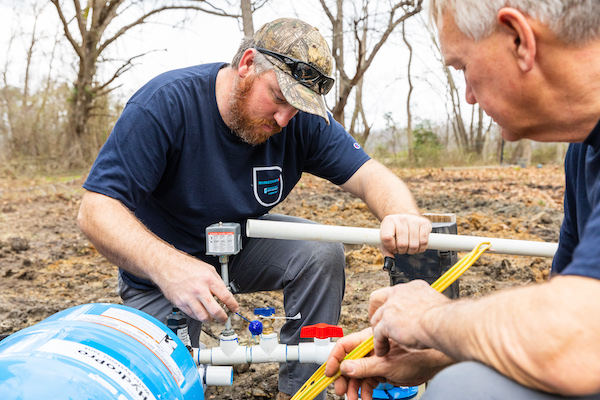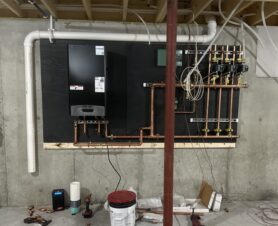Water quality isn’t just a nice-to-have in public recreational facilities; it’s a necessity that is often times overlooked. Beyond simply making the environment more visually appealing, maintaining good water quality ensures safety and preserves the integrity of the public space. Whether it’s a splash pad or a community pool, the water’s condition can make or break the experience that people have at these facilities and can have an impact on the overall reputation of the space.

The Role of Water Quality
When we think of water quality, it’s easy to focus on clear, sparkling water—that’s what catches the eye, after all. But the truth runs much deeper. Good water quality is fundamentally about protecting us from the hidden dangers that aren’t always visible to the naked eye. Without proper management, water can harbor serious threats like E. coli, transforming what should be a safe and enjoyable space into a potential health hazard. It’s fundamental that these spots are free of risk for the main users, who are mainly families and young kids.
When Bad Water Quality Makes Waves
No matter how well-managed a facility is, issues can pop up now and then—it’s just how it works. The real test is how we handle these challenges. Tackling negative feedback with a positive attitude is crucial. It’s not just about fixing problems; it’s about turning these moments into chances for growth and showing we’re serious about maintaining high standards. This proactive stance doesn’t just smooth over the immediate bumps—it also builds stronger trust with the people who use these facilities, reassuring them that their health and safety are always our top concerns.
Keeping Water Quality on Point
Maintaining top-notch water quality is more than just ticking boxes during routine checks—it requires a deep commitment to best practices that cover every aspect of water management:
- Regular Monitoring: Diligently tracking pH levels, chlorine content, and other vital parameters is essential. This proactive monitoring helps identify and address potential issues before they develop into significant problems.
- Robust Filtration Systems: Investing in advanced filtration technology is crucial. These systems effectively keep harmful contaminants out of the water, ensuring that safety and cleanliness are consistently maintained.
- Community Education: Educating facility users about proper water use and hygiene practices plays a critical role in maintaining water quality. By promoting better habits, we can significantly lower the risk of contamination and foster a healthier, safer environment for everyone.
- Expert Partnerships: Teaming up with experts like playground equipment supplier General Recreation, Inc., known for crafting safe and engaging recreational spaces, adds immense value to any project. Their deep understanding of creating user-friendly and secure environments perfectly supports our goal of preserving high water quality. Together, we ensure that recreational areas are not just enjoyable but also safe havens of reliability and fun.
Proactive Water Management as Community Investment
Investing in high-quality water management systems demonstrates a commitment to community health that goes beyond mere regulatory compliance. It’s about creating spaces where families can gather safely, where children can play without risk, and where communities can thrive. By prioritizing water quality, facility managers not only protect users but also enhance the recreational experience, making these spaces cornerstones for community engagement and well-being.
Conclusion
The quality of water in our public recreational facilities is a critical aspect of community health and satisfaction. By implementing thorough, effective water management practices and responding constructively to any concerns, we can ensure that these spaces remain cherished parts of our communities. It’s not just about keeping the water clean; it’s about keeping our communities safe, engaged, and happy.




Join the conversation: